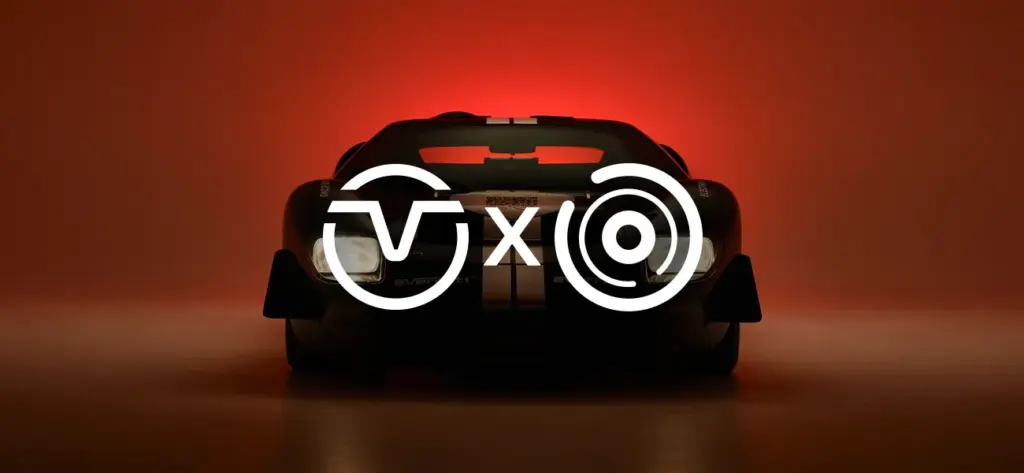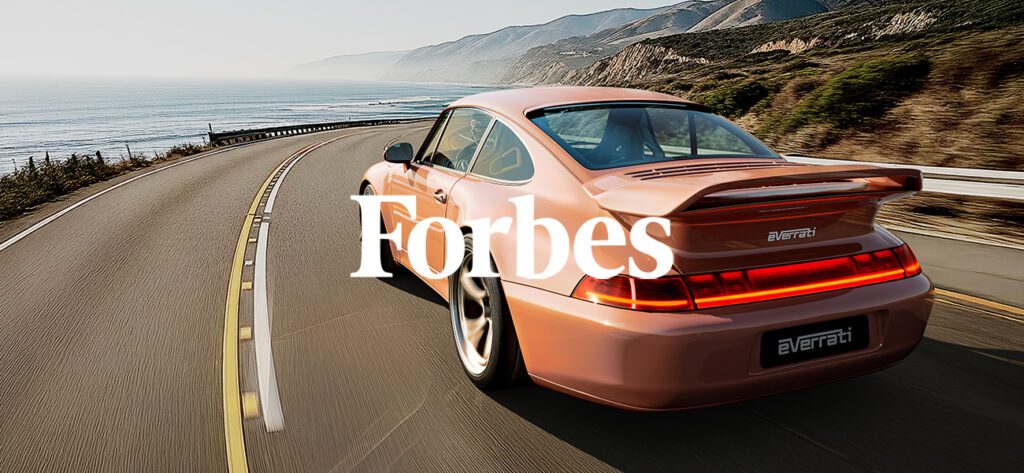What was your inspiration for ionic cars?
I have been a car enthusiast for as long as I can remember. My grandfather was a motorcycle dispatch rider in the Second World War, and was involved & thankfully survived Dunkirk, he had a passion for motorcycles, and motor-based exhilaration was always in me. My mother successfully scared me off motorcycles as she deemed them unsafe & so cars were always the focus of my obsession.
From the age of five I vividly recall car journeys on a dark nights (& no street lights!) sitting in the back of my parents car and naming every oncoming car, recognised only by the shape of their headlights.
Being a car lover, but also a father to two young children, I have been conscious of the impact driving combustion-engine cars has on their (and the wider) environment. Whilst Tesla (& other more recent electric cars) are impressive, they do not excite a passion in me from an aesthetic perspective.
I have been researching and working on the ionic concept for over 3 years. I was impressed by the electric Jaguar e-Type used for Price Harry and Meghan Markle’s wedding at Windsor Castle (I lived in Windsor for 15 years, including right opposite the Castle and know the area very well), and it sparked my interest in an electric ‘classic’. I searched extensively for companies that could sell me a high-quality, beautifully finished converted car, and none existed. In addition Jaguar have since pulled the plug on the e-Type project, leaving an opportunity for ionic.
Can you tell us a bit more about your entrepreneurial background?
My background is in technology companies, and more specifically FinTech. I have founded UK FCA Regulated businesses in the payments and ‘alternative lending’ sectors, but always hoped I’d be able to turn my passion into my business.
I would probably say I’m a combination of dreamer and entrepreneur – thankfully I have had good experience starting businesses, so know how to go about turning my dreams into something real.
What is the brands journey so far?
The ionic business has been in the planning phases for 2 years, and we are now very close to having our first cars testing and on the road. We have received our first customer orders, and have begun the customisation process to build their specification which is a wonderful process.
We are also finalising a funding round to commercialise and grow the business to its next phase.
How did you pick the first car to be converted?
I’ve always been a big fan of both the Mercedes-Benz SL Pagoda, and Porsche 911 (964) Targa’s – hence those are our first models available to order.
The Pagoda is one of the most glamourous Mercedes-Benz cars ever produced and appeals to male and female drivers, so it seemed a great first ionic car to focus on.
Other than the electrification process, what additional services do you offer?
At ionic we supply a completed electric iconic car to a customer’s specification. The ionic process consists of a ‘nut and bolt’ restoration (usually making the car better than new) but at the point that the previously polluting combustion engine would be installed, we install our own model-specific, expertly engineered EV solution.
The engineering phase on each model involves stripping back an engineering car, performing a full 3D scan, and determining the weight and weight distribution so that we can mimic the original as far as possible. We then engineer the EV powertrain, batteries, and vehicle management systems to ensure the solution matches the character of the original car. The ionic process maintains the original structure, and therefore value of the car.
When a customer chooses their model, for example Mercedes-Benz Pagoda, we take them through a consultation process to determine colours, interior trim, comfort (such as seat heating, audio options), right or left-hand drive and agree on a final specification. We can even present the owner with their original engine and dials in a presentation box for their home. In addition, we are also working on providing an option to re-engineer the sound of the engine – meaning a V8 can still sound like a V8 even with and electric motor.
Why go electric? What are the challenges?
The classic car market has seen little in the way of innovation. Values of classics have continued to climb, and ownership is as popular as ever, however the dilemma facing many existing, and would-be owners is that most of them will likely be banned from cities within 5-10 years due to their emissions. Whist ionic cars is at the forefront, we believe the time is right to disrupt the sector and deliver beautiful, usable classics to thought leaders concerned with sustainability.
Our target customer is a car enthusiast that appreciates the art of a classic car, but wants to act responsibly and sustainably. Whilst many petrol-heads will no doubt argue that the essence of a car is taken away when the combustion engine is removed, the reality is that all cars emit unsustainable amounts of CO2; many classics emit their own bodyweight in CO2 every 1,500 miles, not to mention other toxic particulate emissions. We believe many people will see this as an unacceptable by-product of driving these beautiful cars in their current form, and consider the sustainable alternative.
How does sustainability play a role in the work of ionic cars?
Sustainability and responsible luxury is at the heart of everything we do. Many of the cars we reconceive have been in existence for over 50 years, and such cars recyclable content is substantially lower than that of modern cars. Much of the ‘dust to dust’ impact of older cars can be dramatically reduced by preserving its life with a zero-emission future. Many older cars are considered ‘automotive art’; we considerately reconceive and ‘up-cycle’ them with the latest technology, so that they can be enjoyed and driven anywhere an electric vehicle is allowed.
Source: i-Magzine






